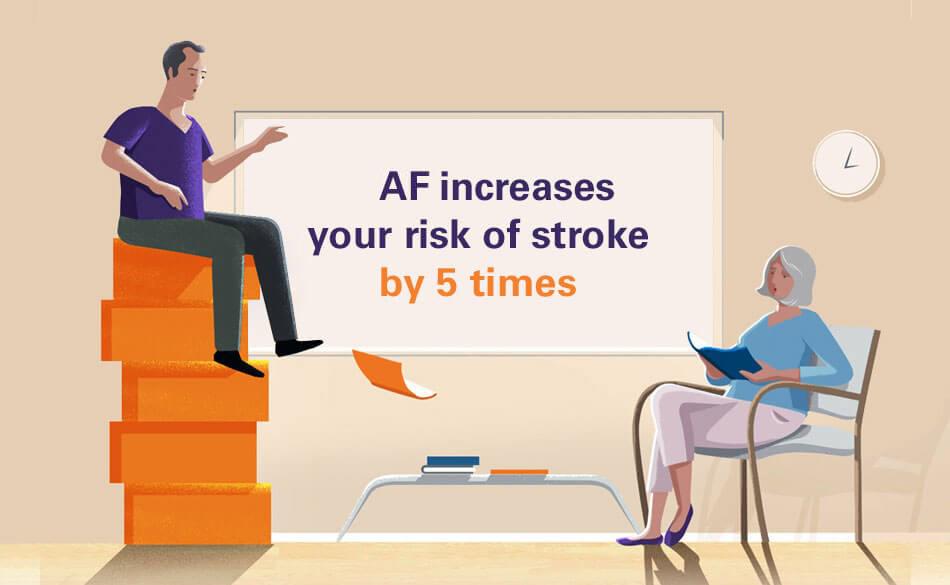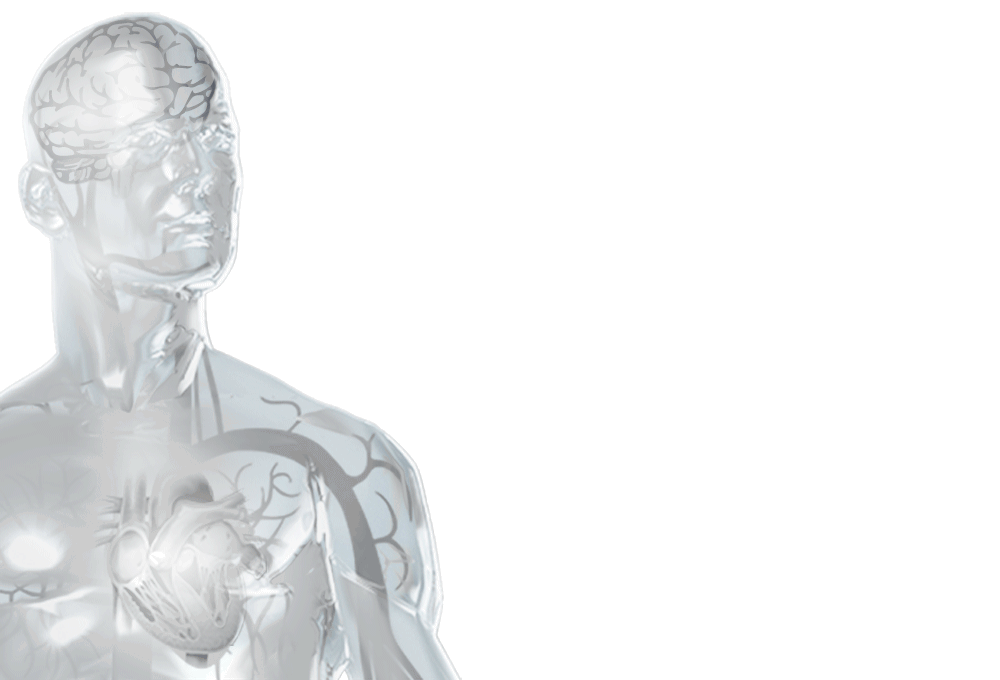
The Risk is Real
But fear of stroke doesn't have to rule your life.
"I'm more free to do the things I really enjoy."
Bill Moates, WATCHMAN recipient
Management of Stroke
When a stroke happens, time is critical. Getting treatment right away can help reduce the effects of a stroke and may even prevent death. The gold standard for treating ischemic stroke (the kind caused by a blood clot) is a solution called tissue plasminogen activator. It’s administered through an IV in the arm, but it must be given within 3 hours of having the stroke.5
The effects of a stroke depend on where the blockage occurs in the brain and how much of the brain is damaged. These effects can include5:
- Paralysis
- Vision or speech problems
- Behavioral changes
- Memory loss
People who suffer a stroke often enter a rehabilitation program. Rehab can help those affected by stroke regain certain functions or learn how to live within their abilities.
WATCHMAN FLX is for people with atrial fibrillation not caused by a heart valve problem who need an alternative to oral anticoagulants. This website is intended to provide patients and caregivers with some information about the WATCHMAN FLX Implant. It may help prepare you for talking to your doctor about your options for reducing stroke risk.
CAUTION: The law restricts these devices to sale by or on the order of a physician. Indications, contraindications, warnings and instructions for use can be found in the product labeling supplied with each device. Information for the use only in countries with applicable health authority product registrations.
Content of this website is for Information Purposes only and not meant for product promotion or medical diagnostic. This information does not constitute medical or legal advice, and BSC makes no representation or warranty regarding this information or its completeness, accuracy or timeliness.
Accordingly, BSC strongly recommends that you consult with your physician on all matters pertaining to your health or to address any questions.
References
- National Stroke Association. Making the Afib-Stroke Connection.
- Harvard Health Publications. Atrial fibrillation. http://www.health.harvard.edu/heart-health/atrial-fibrillation-common-serious-treatable. Harvard University Medical School. Published November 2011. Accessed August 25, 2016.
- Blackshear JL, Odell JA. Appendage obliteration to reduce stroke in cardiac surgical patients with atrial fibrillation. Ann Thorac Surg. 1996;61:755-759.
- American Heart Association. Published 2017. Accessed May 31, 2017.
- National Stroke Association website. http://www.stroke.org/. Published 2017. Accessed May 31, 2017.
- Lamassa et al., Characteristics, Outcome, and Care of Stroke Associated With Atrial Fibrillation in Europe Data From a Multicenter Multinational Hospital–Based Registry (The European Community Stroke Project). Stroke 32.2 (2001): 392-398.





